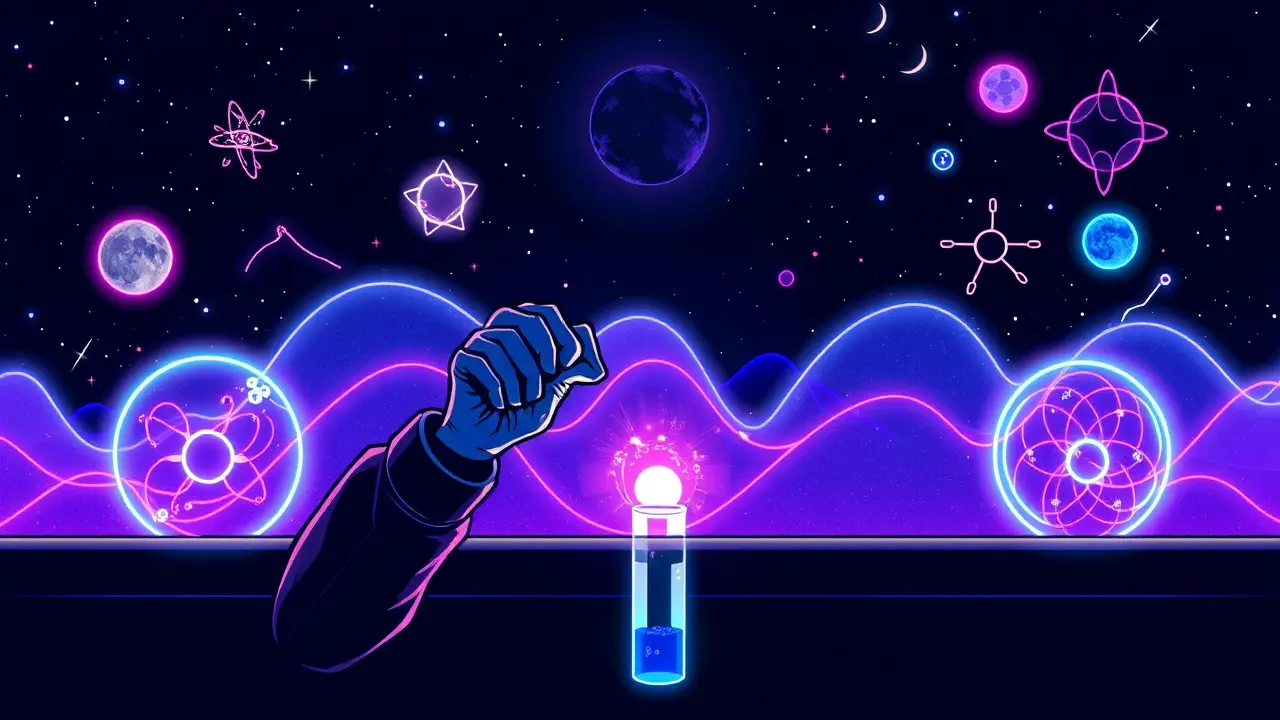How to Make STEM Funny—and Go Viral Doing It
If you managed to stay awake during science class as a kid, your reward arrives not in the form of a test score, but in the visceral, satisfying payoff of a perfectly crafted scientific joke from someone like Freya McGhee, whose work represents a fascinating evolution in science communication. This isn't merely about puns on the periodic table; it’s a sophisticated cultural shift, a strategic deployment of humor to bridge the vast chasm between complex academic concepts and mainstream public engagement, a mission that echoes the grand visions of figures like Elon Musk who seek to make the cosmos accessible.The viral success of these science comedians operates on principles as fundamental as the laws of physics they explain: relatability, timing, and the unexpected connection, turning a joke about Newton's laws into a vehicle for understanding inertia that resonates more deeply than any textbook diagram ever could. Consider the historical context; for decades, science communication was often a dry, top-down dissemination of facts from the hallowed halls of institutions, a model that frequently failed to capture the public's imagination or compete with the relentless noise of modern media.The breakthrough came when a new generation of communicators, armed with social media platforms and an intuitive grasp of narrative, began treating scientific concepts not as isolated facts, but as characters in a story, with conflicts, resolutions, and punchlines. The dopamine hit of a viral post—whether it’s a witty animation about quantum entanglement or a satirical skit on lab life—does more than just garner likes; it creates a cognitive entry point, a low-stakes gateway that lowers the barrier to entry for individuals who might otherwise be intimidated by the perceived impenetrability of STEM fields.Experts in pedagogy and neuroscience point to the role of humor in reducing cognitive load and enhancing memory retention, meaning that a joke about mitochondrial function isn't just entertaining—it's a mnemonic device, etching the information into the brain with the adhesive of laughter. This movement has tangible consequences for education and public policy, potentially inspiring a new cohort of students and influencing the allocation of research funding by demonstrating that public appetite for science is not a niche interest but a burgeoning mainstream phenomenon.However, this approach is not without its critics, who argue that oversimplification for the sake of a punchline can sometimes distort the nuance of scientific discovery, leading to a 'pop science' landscape where entertainment value occasionally trumps factual rigor. Yet, the counter-argument is powerful: in an age of misinformation, a trusted, humorous voice can be a lighthouse, cutting through the fog of pseudoscience with the sharp beam of wit and evidence-based content.The future of this trend points toward even greater integration, with comedy specials dedicated to biology, interactive meme-based learning platforms, and a new era where scientists themselves are trained not just in methodology, but in the art of storytelling and performance, fundamentally reshaping the relationship between the laboratory and the living room. The ultimate success of making STEM funny isn't measured in views or shares, but in the quiet moment of comprehension it sparks, proving that the most powerful tool for understanding the universe might not be a telescope or a particle accelerator, but a well-timed joke that makes us all see the world a little more clearly.
JA
Jamie Lawson123k2 days ago
posting this at 2am for the algorithm gods to bless my feed with more of this 😅 tbh it's wild how a meme can explain inertia better than my old teacher ever did
0
